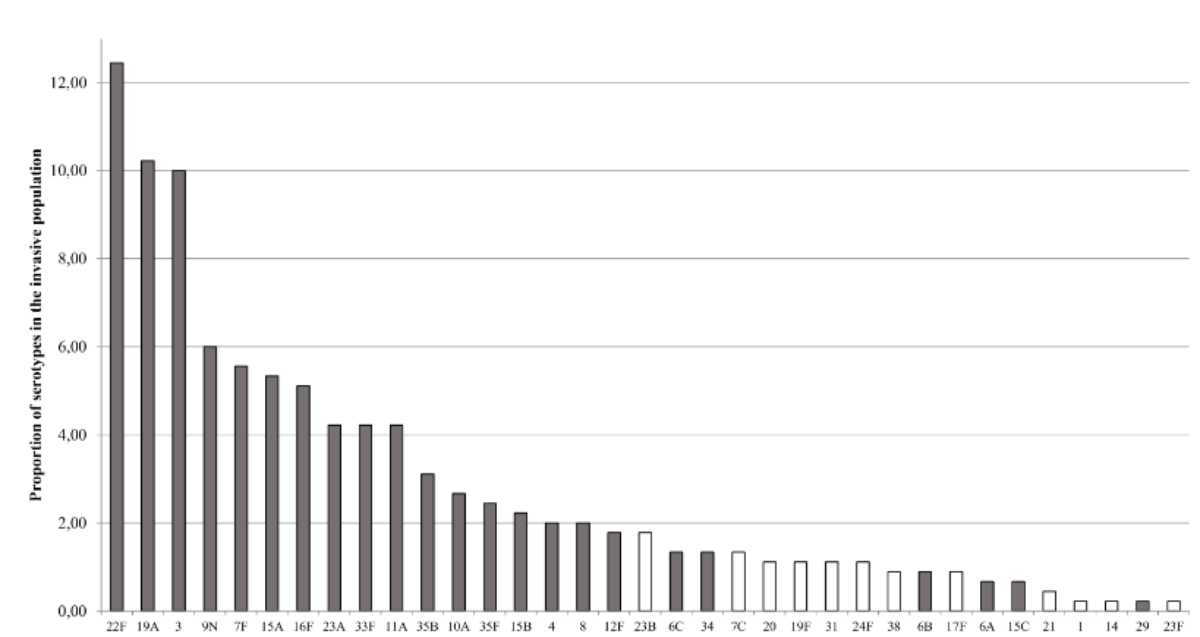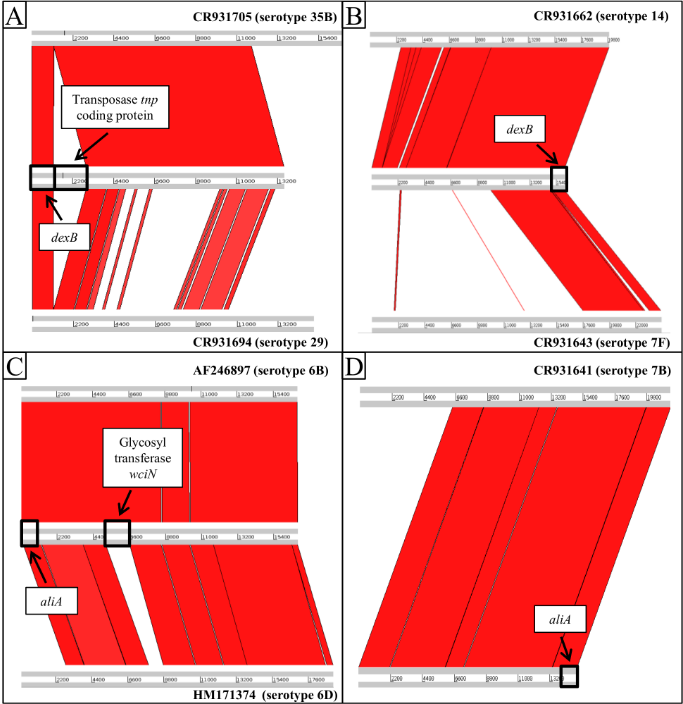Comparison of molecular biology methods for serotyping of Streptococcus pneumoniae
Classifying strains using sequencing
Streptococcus pneumoniae is a major public health concern, causing severe infections such as pneumonia and meningitis, particularly in young children and the elderly. With over 90 distinct serotypes, monitoring these strains is crucial for evaluating the effectiveness of pneumococcal vaccines and identifying the emergence of non-vaccine serotypes. While the Quellung method is the gold standard for serotyping, it is expensive, time-intensive, and sometimes subjective. Here we investigated three molecular alternatives—sequential multiplex PCR, sequetyping, and whole-genome sequencing (WGS)—to determine their efficiency, accuracy, and potential as replacements for the Quellung method in clinical and surveillance settings.



We compared the three molecular methods using a diverse set of Streptococcus pneumoniae isolates. Sequential multiplex PCR proved effective for identifying serogroups but struggled with serotype-level precision. Sequetyping, which analyzes a gene specific to serotypes, offered moderate accuracy but had issues with misidentifications and non-amplifiable serotypes. Whole-genome sequencing emerged as the most promising alternative, achieving the highest accuracy and resolving some of the challenges posed by genetic variability. However, it remains expensive and complex for routine use. None of the methods could fully replace the Quellung method, but WGS showed significant potential for future applications as costs and processing times decrease.
While current molecular methods cannot yet supplant the Quellung method, they provide valuable supplementary tools for pneumococcal surveillance. WGS, in particular, stands out for its accuracy and versatility, offering insights into antibiotic resistance and genetic evolution alongside serotyping. As technology evolves, WGS may become the standard for comprehensive pneumococcal monitoring. This underscores the importance of improving and integrating molecular approaches to meet public health needs efficiently.
For more information, see the published paper.

